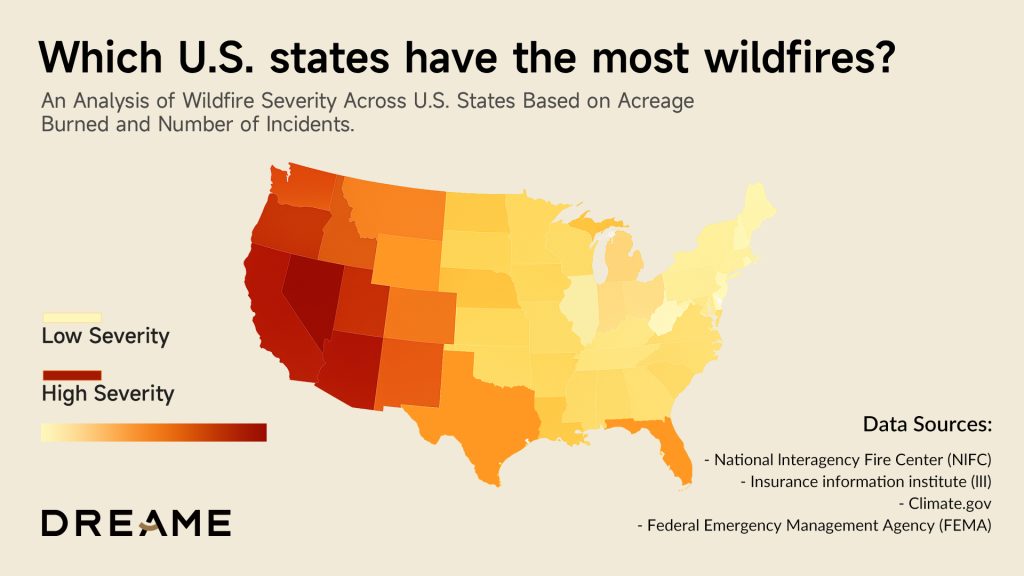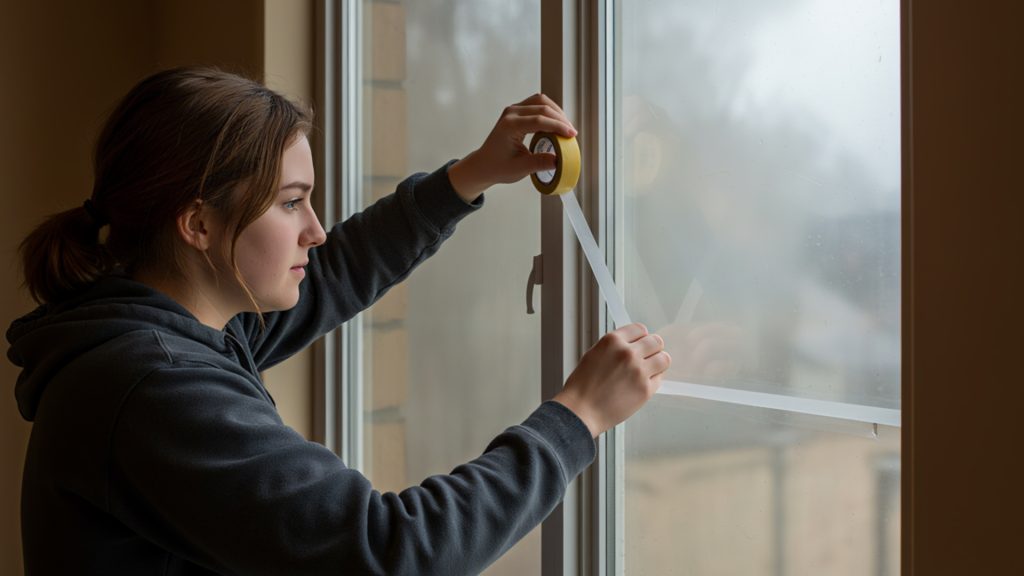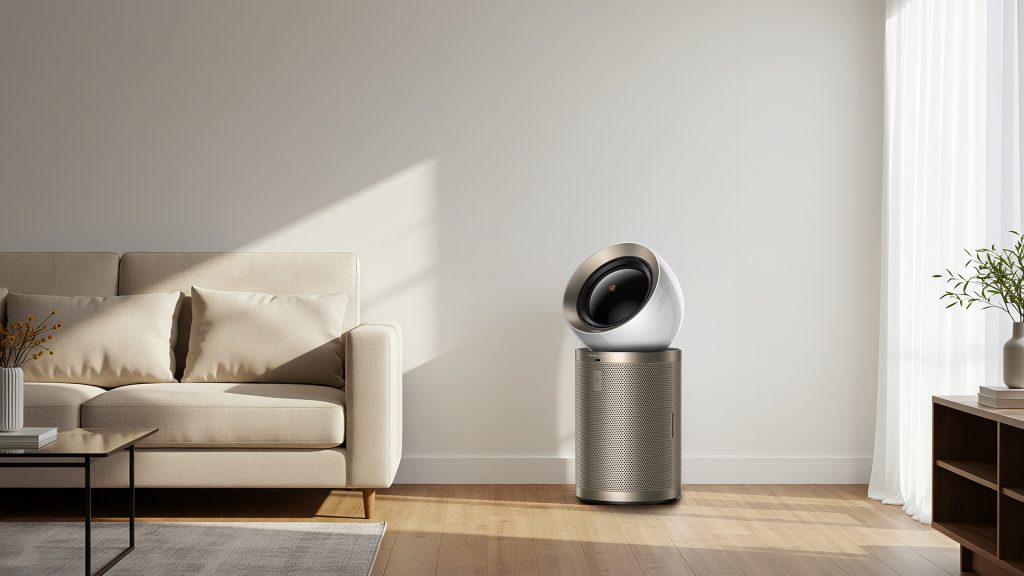
Wildfires are becoming increasingly frequent and severe in the United States, posing an alarming situation. According to the National Interagency Fire Center, there have been approximately 40,000 wildfires in the United States as of August, and more than three million acres of land have been burned.
This requires immediate attention, as wildfire smoke can infiltrate homes and negatively impact indoor air quality (IAQ). It has become essential to have proactive indoor air protection strategies in place to keep you and your loved ones safe. In this blog, you’ll learn how to protect yourself from wildfire smoke and the various practical, evidence-based tips to reduce indoor smoke exposure.
Table of Contents
- The Risks of Wildfire Smoke Indoors
- Are Wildfires a Threat Where You Live?
- How to Reduce Indoor Wildfire Smoke Exposure
- How to Remove Wild Smoke From Your House
- Additional Wildfire Smoke Precautions for Vulnerable Groups
- Conclusion
The Risks of Wildfire Smoke Indoors
Wildfire smoke is hazardous as it contains fine particles, such as PM2.5, gases like carbon monoxide, and other toxins. Learn more about the components of wildfire smoke and their dangers here. These contaminants can easily penetrate homes through windows, doors, and ventilation systems.
According to the EPA, it’s essential to monitor your indoor air quality index (AQI), and if the levels exceed 101, this indicates unhealthy conditions, necessitating indoor precautions.
Are Wildfires a Threat Where You Live?
If you live in high-risk areas, it is extremely important to understand the geographic distribution of wildfires to keep yourself prepared in times of uncertainty. To better understand this challenge, we utilized data from multiple sources to create a map of wildfire severity in the United States, aiming to reveal the geographical distribution patterns of wildfires.

The map reveals that wildfire risk is highest in the western United States, particularly in California, Arizona, Nevada, Oregon, and parts of Colorado. Scientists predict a sharp rise in very large fire weeks (times when conditions are ideal for massive fires) by mid-century, especially across the Great Basin, Northern Rockies, Sierra Nevada, and Klamath Mountains.
These areas experience frequent dry conditions, high temperatures, and dense vegetation, all of which fuel large wildfires. By mid-century, the risk of very large fires is projected to increase sixfold in some regions due to climate change.
How to Reduce Indoor Wildfire Smoke Exposure
If you live in risky areas, you need to be proactive and keep yourself prepared for emergencies. Having safety measures beforehand can significantly reduce health risks from wildfire smoke by limiting indoor exposure to harmful particles like PM2.5.
Seal Your Home
The first thing you should do is close your windows, doors, and fireplace flues to prevent smoke entry. If you notice any cracks or gaps, seal them with weather stripping or tape. Make sure no area is left unattended.

Optimize HVAC Systems
Set the HVAC systems to recirculate mode and close fresh air intakes. Use MERV-13 filters in HVAC systems for better filtration. However, be cautious about potential strain on older HVAC systems.
Create a Clean Room
If an emergency is apparent, set up a clean room. It’s the one with minimal windows, and you shouldn’t be cooking or smoking here to reduce particle exposure. For detailed guidance, refer to the EPA’s official resource: How to Create a Clean Room at Home. Moreover, keep the following in mind:
- Avoid Indoor Pollution: Be cautious of activities that generate indoor pollutants, such as burning candles, incense, or vacuuming without a HEPA filter.
- Monitor Air Quality: Use an indoor air quality monitor to track PM2.5 levels and take action if levels rise.
It’s extremely important to remove wildfire smoke from your home to protect your health and keep your family safe. Learn how to remove smoke from your house next.

How to Remove Wild Smoke From Your House
When wildfire smoke affects your area, improving your home’s air quality is crucial. Here are some effective strategies to help clear the air and protect your family:
- DIY Air Purifier: In a pinch, a DIY air purifier can be a cost-effective option. You can make one at home by securely attaching a MERV-13 filter to a fan. The EPA recommends this method only if you can’t afford or find certified products.
- Use High-Quality Air Purifiers: For the most effective and reliable solution, invest in a high-quality air purifier. Look for models with advanced filters, such as a True HEPA filter, which can effectively capture ultrafine particles like PM2.5 found in wildfire smoke.
- Choose the Right Purifier: For maximum benefits, consider a high-quality air purifier like the Dreame AirPursue PM20. Its advanced filtration system is designed to capture particles as small as 0.3 microns, ensuring cleaner air.
- Strategic Placement: To get the best results, place your air purifier in a “clean room” or in high-traffic areas where it can have the most impact on air quality.
- Ventilate When Safe: If indoor air quality has improved and outdoor conditions permit, you can briefly use exhaust fans to clear any residual smoke.
If conditions permit, we recommend using a high-quality air purifier like the Dreame AirPursue PM20, which is designed to capture ultrafine particles as small as 0.3 microns with its advanced filtration system, ensuring cleaner air during wildfire events. Consider placing air purifiers in the clean room or high-traffic areas for optimal effectiveness.
Additional Wildfire Smoke Precautions for Vulnerable Groups
Certain groups, like children, pregnant women, older adults, and those with heart or lung conditions, are at higher risk from wildfire smoke. It’s better to consult healthcare providers for personalized advice, especially if you suffer from asthma or heart disease.
Wear NIOSH-approved N95 respirators indoors if smoke levels are high and air purifiers are unavailable, but be cautious of fit and potential breathing difficulties. Therefore, it’s better to seek cleaner air shelters, such as malls or libraries, if smoke infiltrates the home excessively.
Conclusion
Wildfire smoke is imminent, so it’s important to preserve your indoor air quality during wildfires. By employing proactive strategies like sealing homes, creating clean rooms, and using air purifiers, you can keep yourself and your loved ones safe. You should always be proactive, as you have already seen the increasing severity of wildfires above. Investing in a high-quality air purifier can provide peace of mind during wildfire season.
Explore more wildfire safety tips on Dreame’s blog, or check out the Dreame AirPursue PM20 for cleaner indoor air.